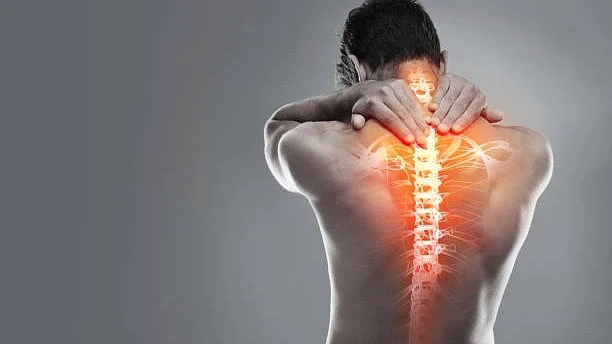If you’ve driven through Bengaluru, you know how relentless the traffic can be. Hours of riding through bumper-to-bumper traffic (on hectic highways), avoiding potholes, or manoeuvring uneven roads cannot just take away your composure but also wear down your spine.
Every bump and jolt on those roads puts stress on the lower back. Add to that, long periods of sitting in cars or at desks, and you end up with an ideal recipe for one of the most common causes of chronic lower back pain-lumbar degenerative disease.
Hidden impact of sitting
Here’s the thing-sitting may appear innocent, but the human body wasn’t designed for overextended periods of complete stillness. According to physician Mark Hyman, sitting for long hours in poor posture can cause muscles that support your back bone to atrophy and weaken. Combine that with a sedentary lifestyle, lack of exercise and poor ergonomics, and it only gets worse. As your muscles lose their strength, your spine also loses its flexibility. That stiffness raises the likelihood of tiny but painful damage to muscles or tendons, even from everyday activities: bending over to pick something up, or twisting abruptly.
What it really comes down to is that the spine begins to lose some of its natural flexibility. One false move or awkward stretch is often enough to set off pain here, since the supporting muscles are no longer doing their job.
This causes a ripple effect down the road, not only in terms of comfort, but mobility and quality of life as well.
Movement is key
The life blood of the spine is motion. As the knees and hips need regular movement to produce lubricating joint fluid, the spinal discs need motion and pressure changes to keep their discs healthy. These cushioning disks between each vertebra serve as shock absorbers. And unlike most tissues of the body, they lack their own blood supply. They rely on the pumping action of movement to feed and expel waste.
When you’re sedentary for long stretches, think desk job, commute, couch-potato lifestyle, those discs aren’t getting enough nutrition. With the passage of time, this malnutrition results in disc dehydration and deterioration.
Spiral of degeneration
The degeneration of the discs goes only one way: downward. It is when the disc degenerates, it can become even more susceptible to rupture or herniation. In doing so, the disc material can press against neighbouring nerves and cause pain that may radiate down one or both legs (a syndrome of sciatica). In severe cases, people can be left with numbness or weakness, or difficulty walking – all as a result of the nerves that control leg movement being compressed.
Even the smallest of lifestyle shifts can keep your spine safe from lasting harm. When you live in a city where sitting still in traffic jams from time to time is inevitable, your best offense is keeping as fit as possible when the opportunity arises. A strong and healthy spine is not just about avoiding pain, it’s about maintaining the freedom to move, work, and thrive comfortably.
